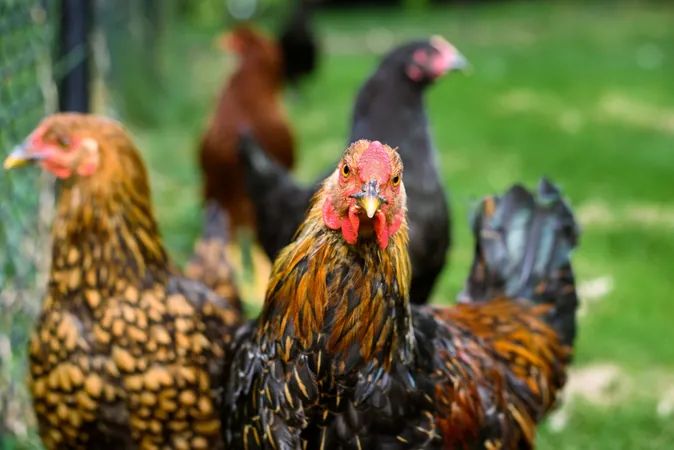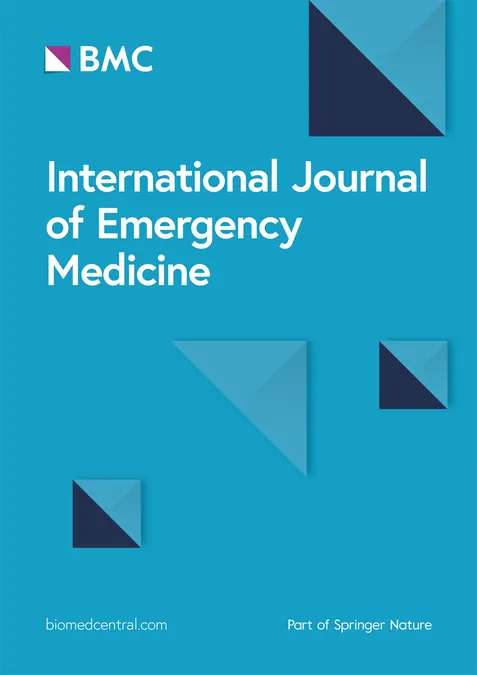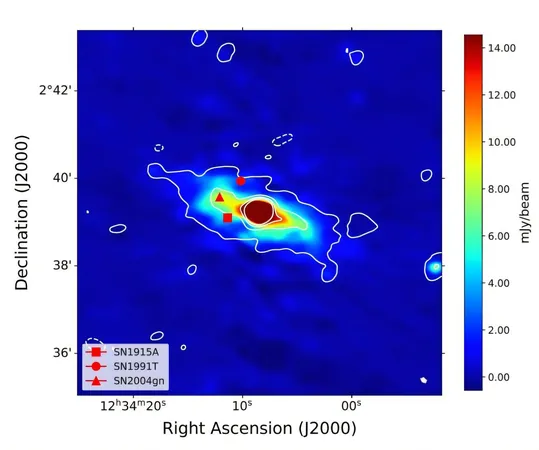
Alarming Bird Flu Mutation Sparks Concerns in the U.S.: Is a Major Outbreak Imminent?
2025-01-02
Author: Siti
Experts are raising urgent alarms over a highly pathogenic strain of avian influenza known as H5N1, which is showing troubling signs of mutation that may make it more contagious to humans. This strain was first discovered in migratory birds across the United States in January 2022, and since then, it has spread worryingly to wild birds in every state and over 1,300 commercial poultry flocks nationwide. Alarmingly, H5N1 has now been detected in other animals, including cattle and swine, raising new concerns about its evolving nature.
A recent heartbreaking update from the Wild Felid Advocacy Center in Shelton, Washington, revealed that 20 large cats at their facility lost their lives due to the virus. Other felines contracted the illness but managed to survive. The organization's statement laments the confirmed presence of H5N1 among a significant proportion of their wild cats, emphasizing that these animals can perish within just 24 hours if they develop pneumonia-like symptoms.
Dr. Amesh Adalja from the Johns Hopkins Center for Health Security has criticized the federal government's response to this outbreak, suggesting that the situation is likely to worsen in the upcoming year. As of late December 2024, confirmed human cases had surged to 66, with a serious incident in Louisiana intensifying fears that the virus is mutating to become more transmissible among humans. Notably, 40 of these cases have been linked to poultry or dairy operations.
Genomic analysis conducted by the Centers for Disease Control and Prevention (CDC) found significant differences in genetic sequences from two clinical specimens linked to the Louisiana patient, indicating potential adaptations of the virus as it replicated within the infected individual. Experts emphasize that if a person contracts both H5N1 and the seasonal flu simultaneously, the combination could facilitate gene swapping between the viruses, leading to even more dangerous mutations.
Angela Rasmussen, a virologist at the University of Saskatchewan, warned that the ongoing infections present numerous opportunities for the virus to adapt and potentially expose a far larger population to severe health risks.
Dr. Peter Chin-Hong, a professor of medicine at the University of California, San Francisco, elaborated that the "traffic light is changing from green to amber,” indicating urgent warning signs are emerging. A recent study published in the journal *Science* highlighted that a single mutation in H5N1, observed in infected cattle, could transform the virus—historically known for its 30% mortality rate in humans—into a far more contagious variant.
In response to escalating concerns, the U.S. Department of Agriculture (USDA) has detected traces of the virus in milk. Consequently, they have initiated a nationwide milk-testing program. As of now, the agency reports that 901 herds across 16 states have tested positive, with upwards of 70% infection rates in certain California herds.
Furthermore, the USDA’s Animal and Plant Health Inspection Service (APHIS) has mandated that all dairy farmers share raw milk samples upon request and ensure mandatory testing of lactating cows before they are transported across state lines. Poultry operations seeking compensation for losses will also be required to undergo stringent biosecurity audits before they can restock.
The implications of this outbreak are severe. As the virus continues to spread and mutate, public health experts warn that vigilance and proactive measures are crucial to guard against a potential epidemic. What happens next could change everything—stay alert and informed!



 Brasil (PT)
Brasil (PT)
 Canada (EN)
Canada (EN)
 Chile (ES)
Chile (ES)
 Česko (CS)
Česko (CS)
 대한민국 (KO)
대한민국 (KO)
 España (ES)
España (ES)
 France (FR)
France (FR)
 Hong Kong (EN)
Hong Kong (EN)
 Italia (IT)
Italia (IT)
 日本 (JA)
日本 (JA)
 Magyarország (HU)
Magyarország (HU)
 Norge (NO)
Norge (NO)
 Polska (PL)
Polska (PL)
 Schweiz (DE)
Schweiz (DE)
 Singapore (EN)
Singapore (EN)
 Sverige (SV)
Sverige (SV)
 Suomi (FI)
Suomi (FI)
 Türkiye (TR)
Türkiye (TR)
 الإمارات العربية المتحدة (AR)
الإمارات العربية المتحدة (AR)